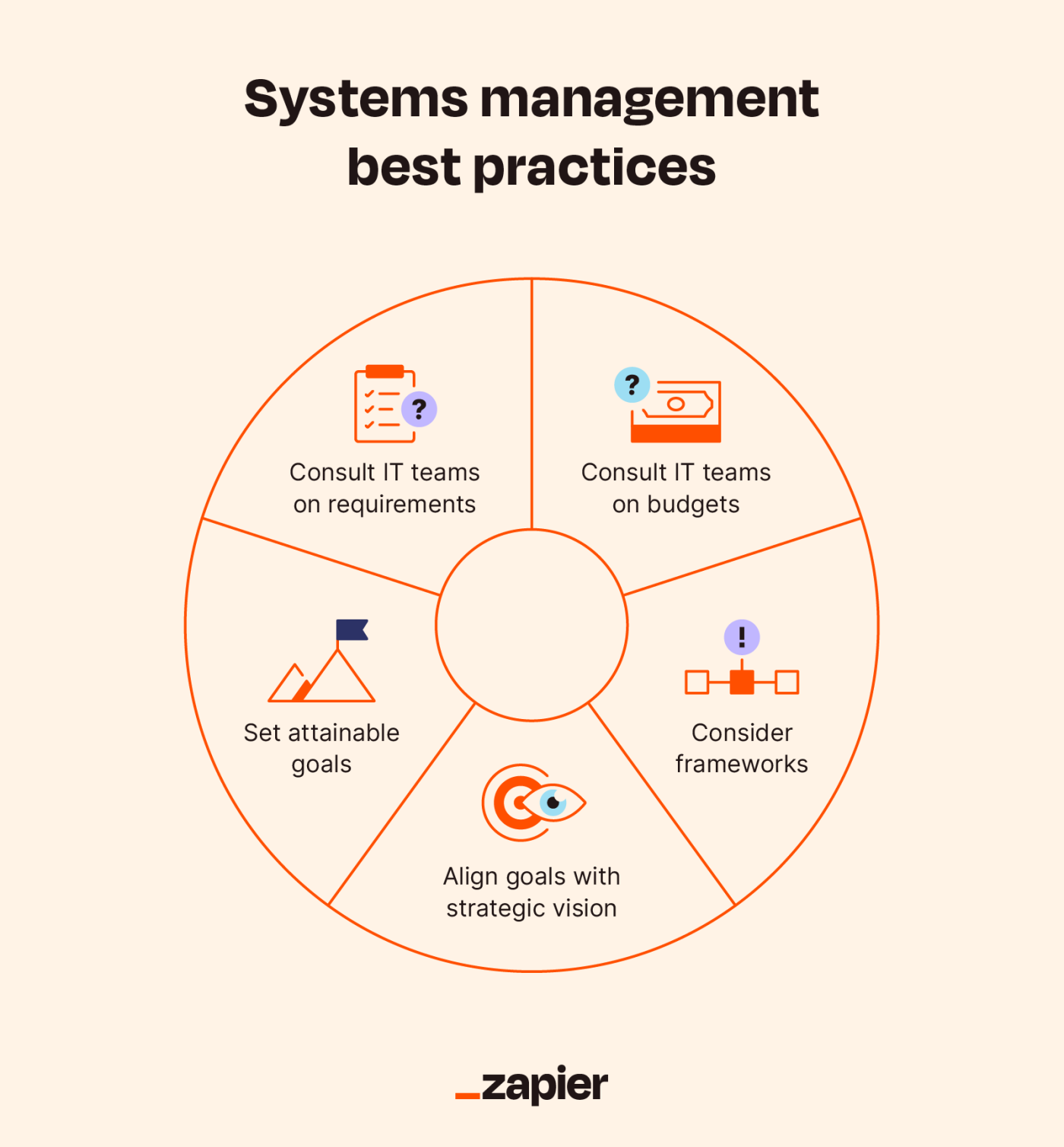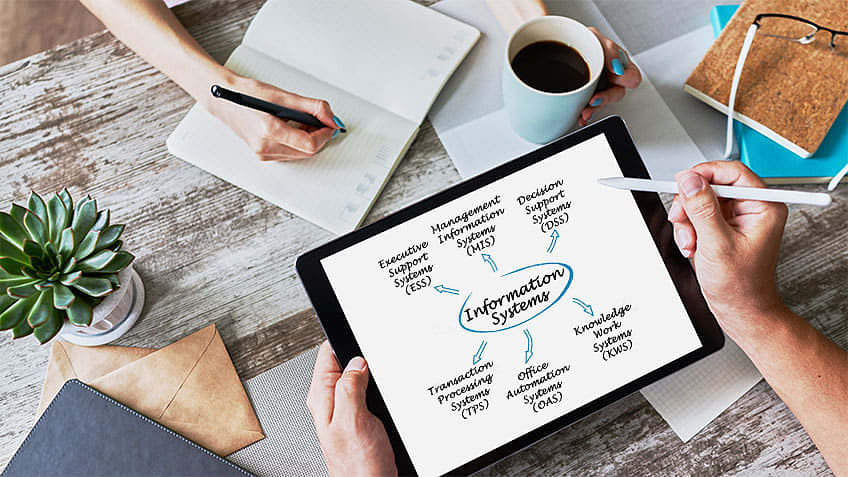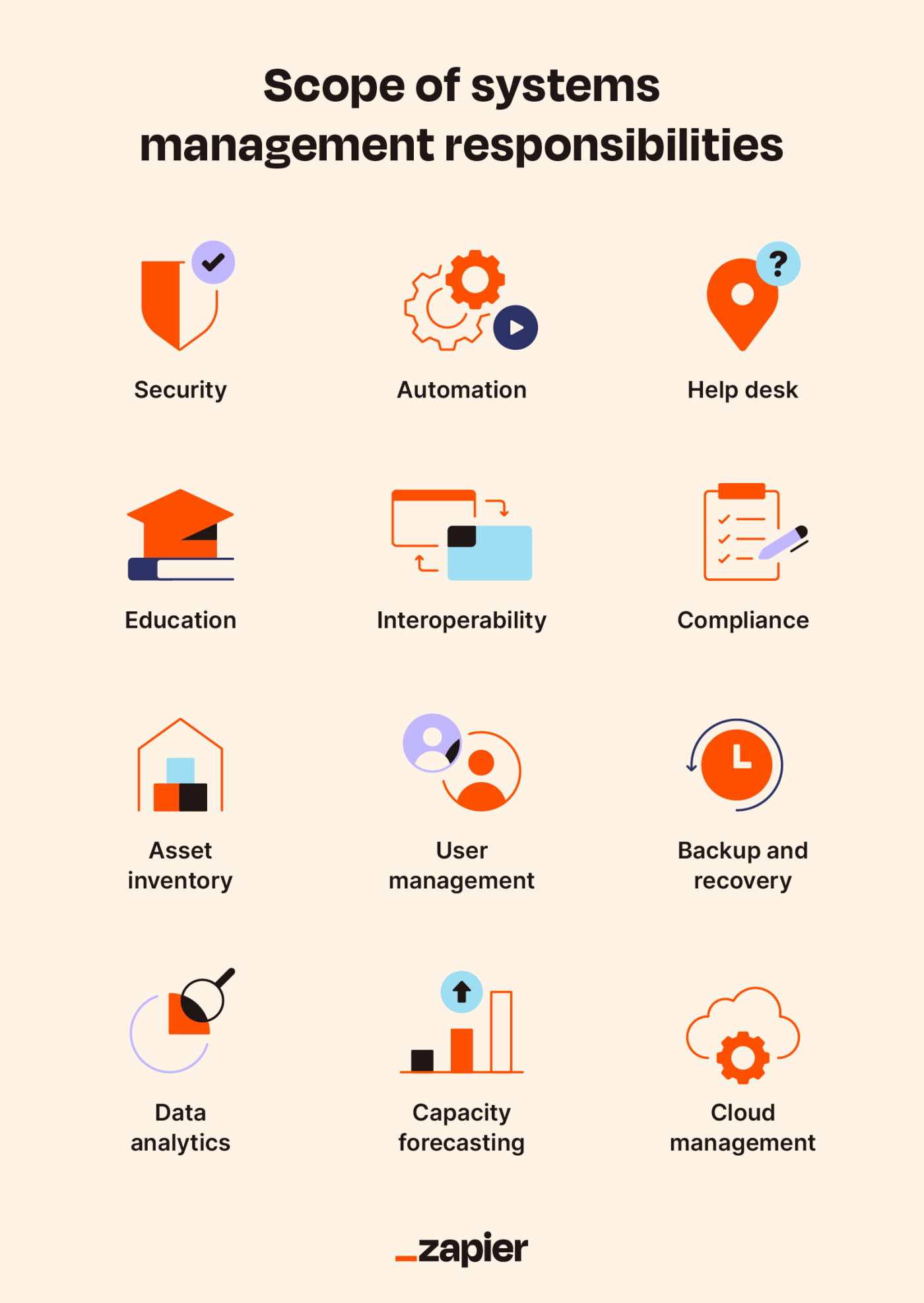Strategic IT Infrastructure Planning and Implementation
Effective IT infrastructure planning begins with a comprehensive assessment of current systems, business requirements, and future growth projections. This strategic approach ensures that technology investments align with organizational objectives while providing the scalability needed for long-term success.
Infrastructure implementation involves careful consideration of network architecture, server configurations, storage solutions, and security frameworks. The integration of these components requires expertise in system design principles, performance optimization, and risk management. Modern implementations often incorporate virtualization technologies, containerization, and microservices architectures to enhance flexibility and resource utilization.
Change management processes are essential during infrastructure transitions, ensuring minimal disruption to business operations while maximizing the benefits of new technologies. This includes comprehensive testing protocols, rollback procedures, and user training programs that facilitate smooth adoption of new systems.




